In ILNumerics, how to use the anti-aliasing? I can't find how to use it in the tutorial. My graphs are like this:

I need smoother lines as this graphs (that we build with canvas in WPF):

Update:
I try the solution. Here is the code that I wrote:
var lineV = new ILLinePlot(ILMath.tosingle(verticals["1,0;:"]), lineWidth: 3, markerStyle: MarkerStyle.None);
lineV.Line.Antialiasing = true;
var pc = new ILPlotCube();
pc.Add(lineV);
var sceneV = new ILScene();
sceneV.Add(pc);
GradientVerticalilPanel.Scene = sceneV;
GradientVerticalilPanel.Refresh();
But it didn't work. I mean, there is no changes visually. My lines are not going smoother, although there is no error.